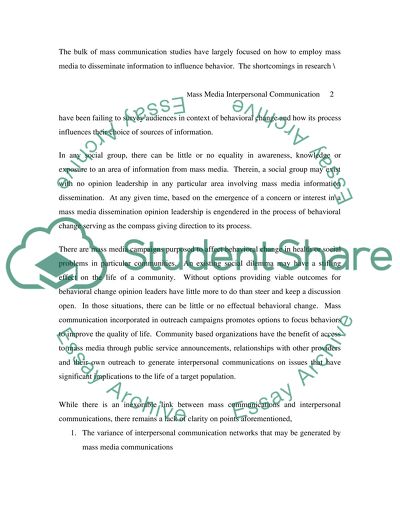Cite this document
(“Mass Media And Interpersonal Channels Case Study”, n.d.)
Mass Media And Interpersonal Channels Case Study. Retrieved from https://studentshare.org/sociology/1504167-interpersonal-communication-essay
Mass Media And Interpersonal Channels Case Study. Retrieved from https://studentshare.org/sociology/1504167-interpersonal-communication-essay
(Mass Media And Interpersonal Channels Case Study)
Mass Media And Interpersonal Channels Case Study. https://studentshare.org/sociology/1504167-interpersonal-communication-essay.
Mass Media And Interpersonal Channels Case Study. https://studentshare.org/sociology/1504167-interpersonal-communication-essay.
“Mass Media And Interpersonal Channels Case Study”, n.d. https://studentshare.org/sociology/1504167-interpersonal-communication-essay.


